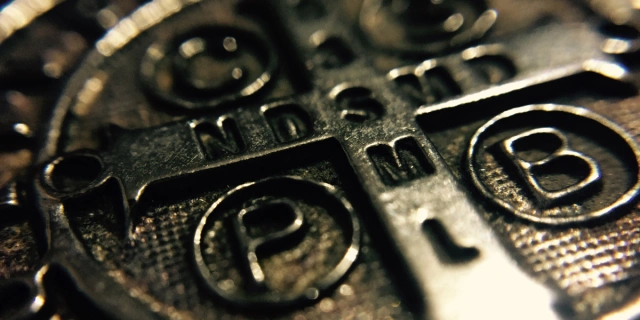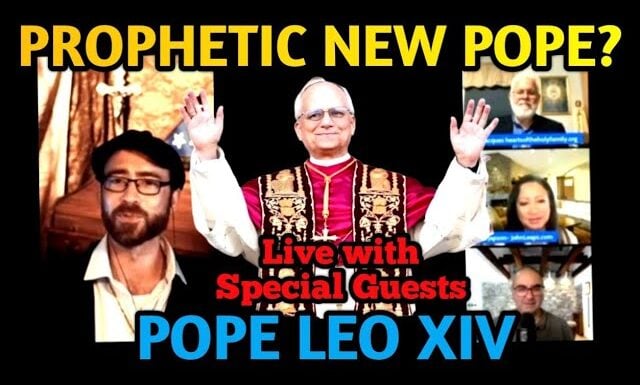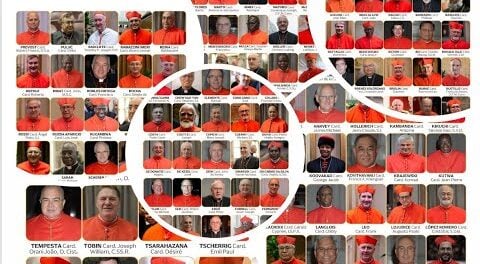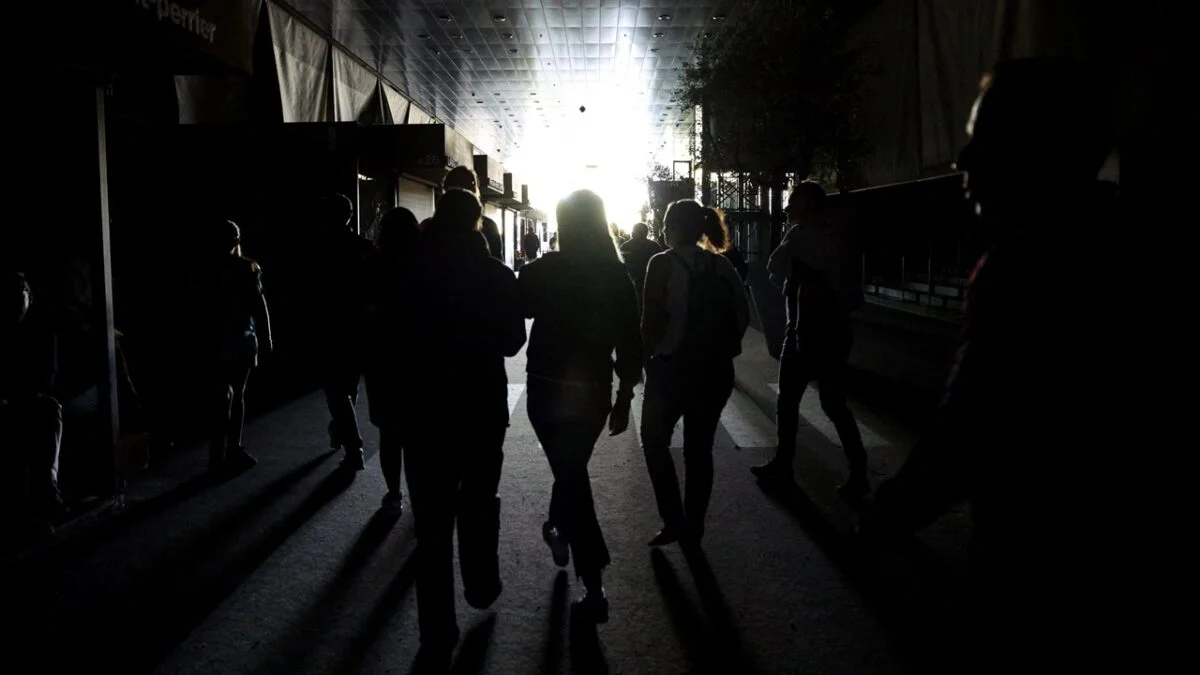
Tag: POPE francis
-
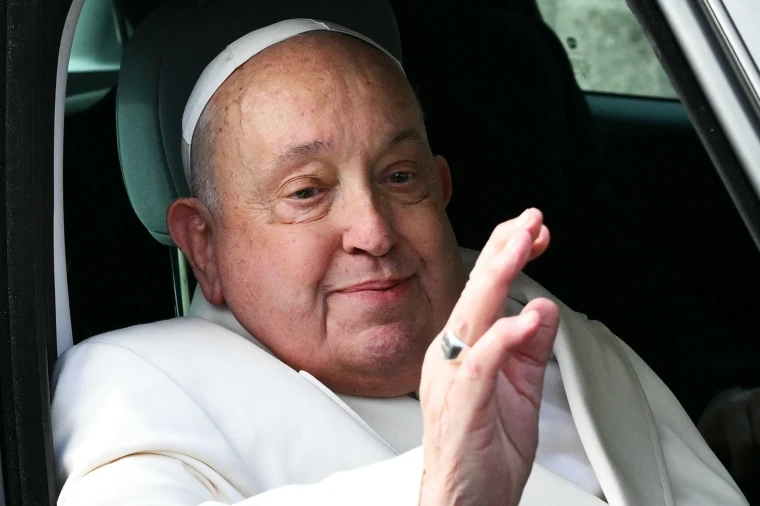
URGENT| A Call to Prayer: Pray for Pope Francis
Read More: URGENT| A Call to Prayer: Pray for Pope FrancisWith the news this morning of Pope Francis being in the hospital, we invite all of our readers to pray for the Holy Father. The Franciscan Missionaries of the Eternal Word — founded by EWTN’s foundress, Mother Angelica — wrote this prayer so we may all unite as one voice to lift up the Vicar of…
-
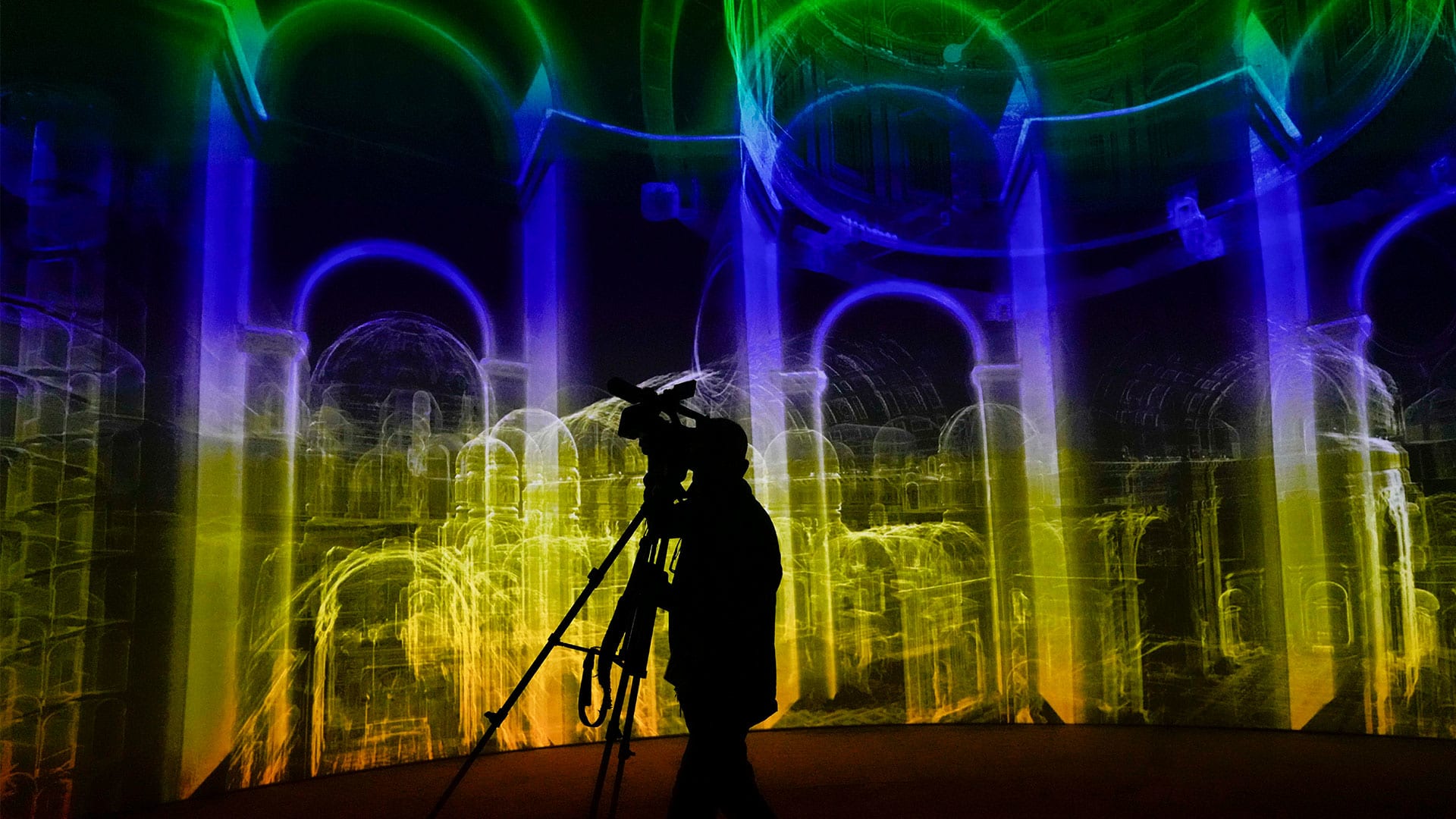
Video-Vatican & Microsoft create AI-generated St. Peter’s Basilica to allow virtual visits
Read More: Video-Vatican & Microsoft create AI-generated St. Peter’s Basilica to allow virtual visitshttps://youtu.be/375qvk06Zf4 Entitled “St. Peter’s Basilica: AI-Enhanced Experience,” an AI-enabled project was unveiled on Monday in collaboration with Microsoft and Iconem, a heritage digitalization company, as the Church prepares for the Jubilee celebrations in 2025. As speakers at a press conference explained, the digital creation of a replica of St. Peter’s Basilica allows for immersive virtual…
Search
Popular Posts
-
🙏 A New Chapter Begins: Supporting Pope Leo XIV with Prayer and Hope | W/ Daniel O’Connor
“Give the new pope a break and support him with your prayers.”–…
-
Possible Candidates for The Next Pope!
Some Candidates for the New Papacy Today we will share with you…
Categories
Archives
Tags
#Miracles (102) 2023 (4) 2024 (4) approved miracles (2) catholic (141) catholic blog (375) catholic meditations (7) catholic miracles (371) catholic motivation (2) catholic news (371) catholic prayers (4) CatholicSeers (359) catholic vlog (375) catholic websites (6) Eucharistic miracle (2) fr jim blount (3) GisellaCardia (11) hamas (3) imitation of christ (2) Israel (4) israel live (5) Israel news (9) jesus (3) jesus christ (4) Latest messages (11) lent 2023 (10) lent 2024 (4) lent homily (2) lent retreat (4) lent retreat 2023 (3) Lourdes (2) messages from god (6) MessagesFromHeaven (364) miracles of catholic church (2) mother and refuge (2) ourlady (325) OurLadyApparitions (22) our lady of lourdes (2) Pope (2) POPE francis (3) pope francis news (2) prayers (3) real miracles (356) sacred heart of jesus (2) The Miracles of Lourdes (2)


